Up Next

It’s a little early, at just the third race of the championship, to be talking of 2022 as the story of the Formula 1 world title duel between Charles Leclerc and Max Verstappen.
There are others who could yet have a say and completely change the picture, not least Carlos Sainz, Sergio Perez and the Mercedes drivers. But if the rest of the season does follow the general pattern of the first two races, F1 would be very well-served by this duel, foreshadowed many years ago in karting and more recently by Austria and Silverstone in 2019.
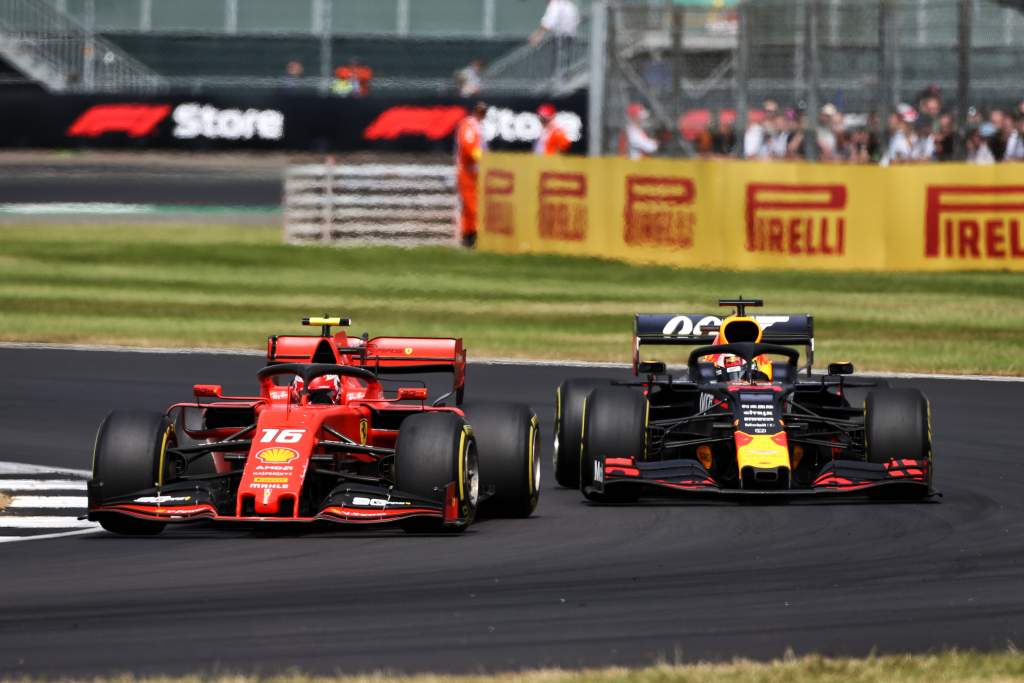
It would be just the latest in an epic history of duels which have done much to popularise F1.
There have always been duels in motorsport, of course, where the competition distils down between two drivers and their personality, style and traits are somehow magnified and capture the public’s imagination.
But the one that really lit up motorsport and took it into a totally different dimension was that between James Hunt and Niki Lauda in 1976.
In many ways, it’s a story that still hasn’t been bettered, but there have been many great contenders since.
James Hunt/Niki Lauda – 1976
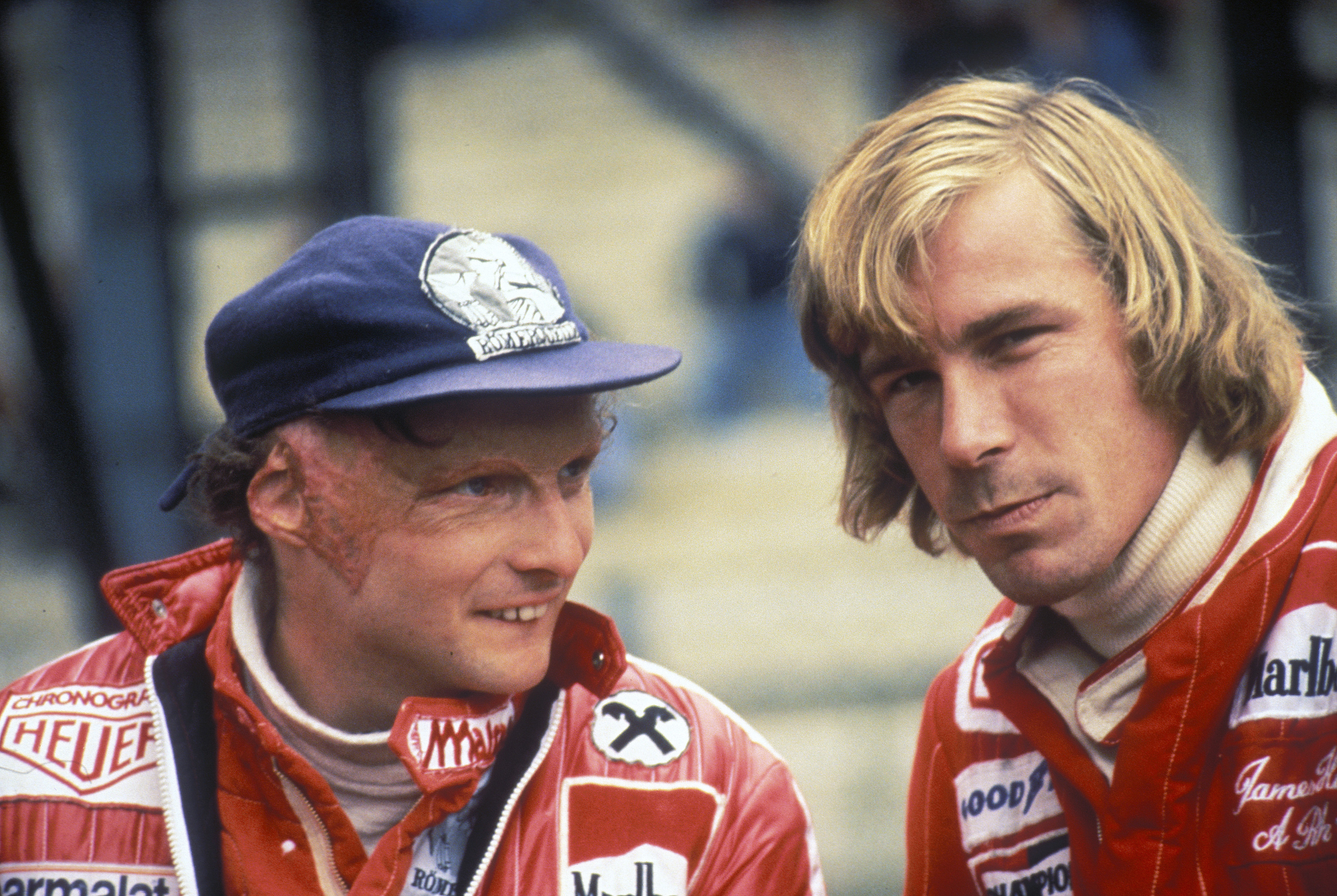
So good they made a film about it. The calm, composed Teuton at Ferrari defending his title against a swashbuckling extrovert public schoolboy Brit newly-installed at McLaren, Lauda close to death after a fiery mid-season accident, heroically coming back after just six weeks, with everything settled in a rain-drenched finale beneath a menacingly brooding Mount Fuji.
There were many more strands than just that, such as the Ferrari/McLaren/governing body dynamic and that within McLaren between the lairy Hunt and his traditionally conservative team.
But driving the whole thing along were the diverse characters of Hunt and Lauda, actually more similar behind the scenes than they were portrayed. But, as with any characterisation, the broad-brush story was largely true. Lauda had an incredible work ethic and by force of personality – backed up by performance – forced Ferrari into achieving its potential after years of under-achievement.
Hunt, by contrast, plugged himself into a well-functioning team and pushed its cars along faster than they’d been driven for years. Could Hunt have done at Ferrari what Lauda had? Probably not. But could Lauda have supercharged McLaren the way Hunt did in 1976? No, probably not.
Hunt transcended the sport because his lifestyle had mass appeal, his wife leaving him for film legend Richard Burton putting him on the front pages rather than only the inside back, where F1 was usually to be found. All that put F1 on the public’s radar but would have meant little without the epic title battle.
There was some competitive niggle between them, of course. But they’d been friends since F3 days, each intrigued by the other and greatly enjoying their company. They’d even shared a flat in London for a time.
There was always respect between these two huge characters in a time when F1 was raw and very dangerous and when the shadows cast as they flew so close to the flame were huge.
Alan Jones/Nelson Piquet – 1980
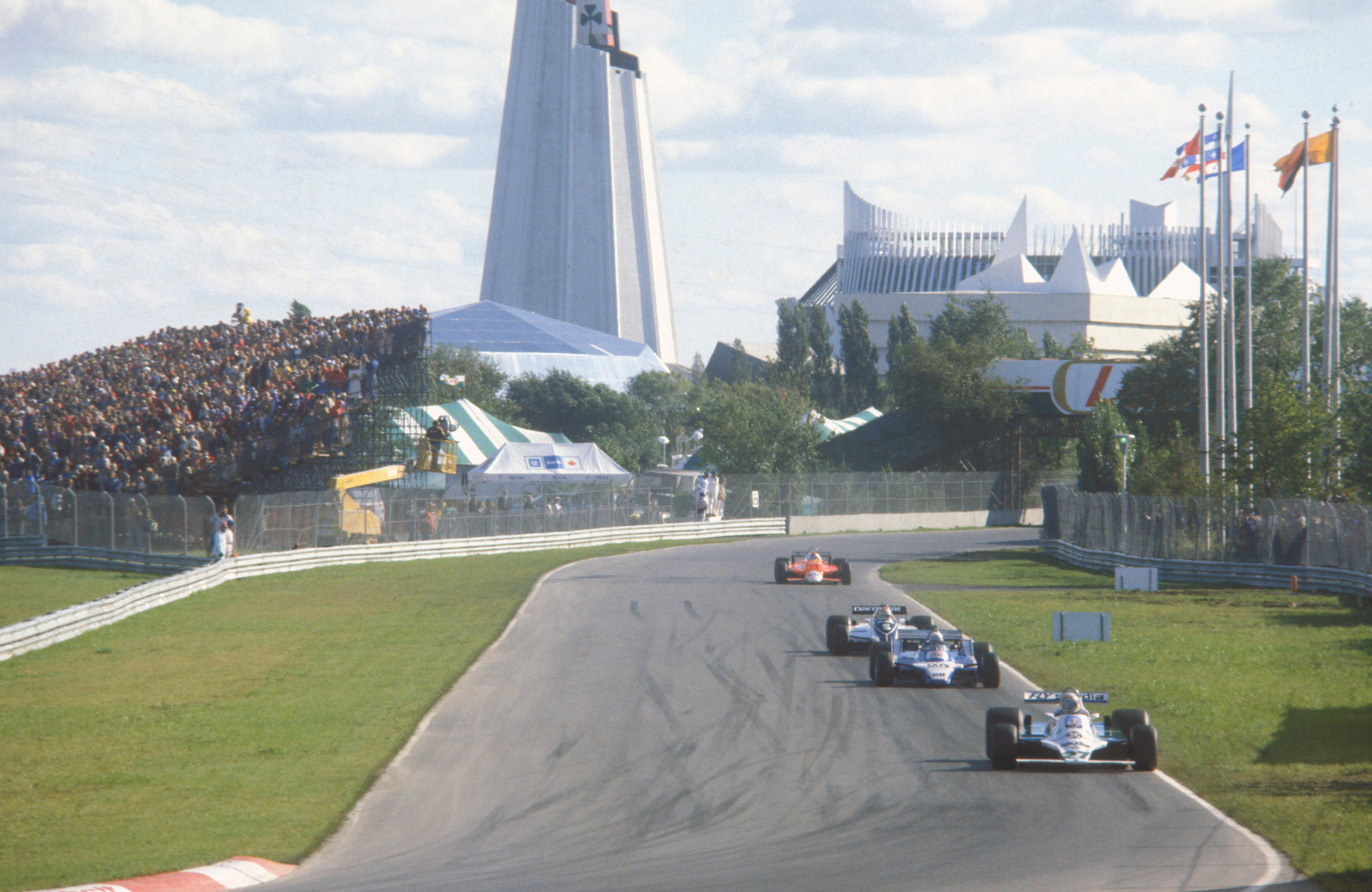
This was settled in a pretty brutal way by Jones in Montreal at the penultimate race. He turned his Williams in on Piquet’s Brabham (above, third in line) and the ensuing accident stopped the race and forced Piquet into the spare car, which blew its engine while leading, gifting the victory and the title to Jones.
Jones was a bruiser of a driver who dominated the car and the competition. He was perfect for the new ground-effect era of the time, physically strong and aggressive enough in style to fully harness the vastly increased grip of the cars.
Piquet, in just his second full season, was gifted and cunning. He’d enjoyed a privileged carefree existence as Jones had forced his way to the top through sheer grit and hard graft. They had almost nothing in common and barely knew each other.
Jones liked to take the battle wheel-to-wheel, Piquet preferred to find a secret advantage and leave the competition behind. At Montreal Jones forced Piquet into racing on his terms and prevailed. But in a manner which was only made possible by safety advances of the preceding years.
Niki Lauda/Alain Prost – 1984
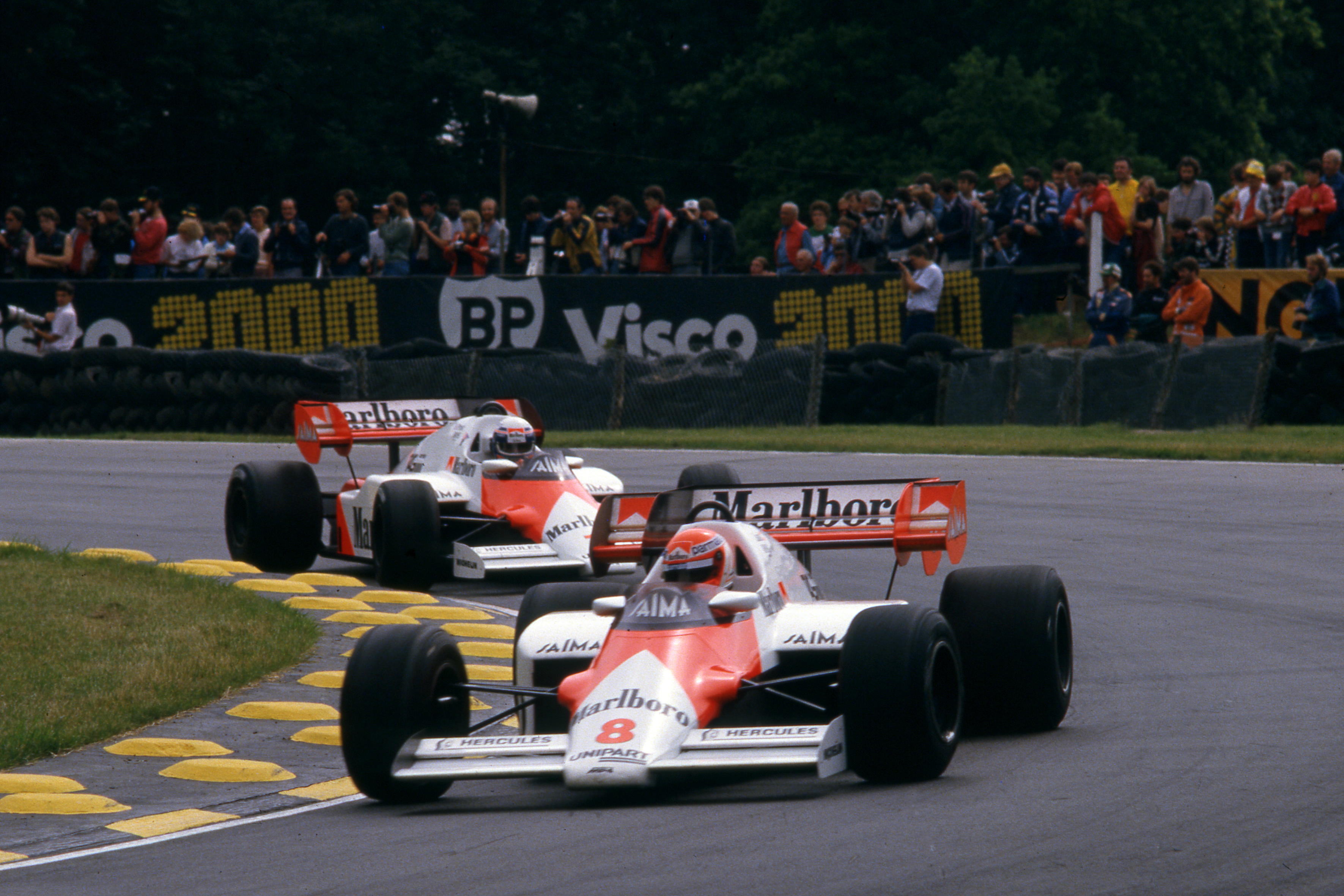
Lauda was the cunning old fox by this time, into the third year of his comeback from a two-season retirement. He’d been helping Ron Dennis and John Barnard put all the pieces together as they transitioned McLaren from kit car DFV era to Porsche turbo-engined superteam. It was all there, ready for Lauda to benefit from and add to the double titles of his first career.
But then Alain Prost – the cutting edge of a generation after Lauda’s – got himself fired from Renault and was immediately snapped up by the ruthless Dennis. Now Lauda had a fight on his hands as Prost got to benefit from what Lauda saw as the hard strokes he’d put in.
Realising after a couple of races he had no answer to Prost’s speed, Lauda switched tactics. Knowing the McLaren’s race pace was way faster than anything else on the grid, he ignored qualifying and spent his weekend trying to prepare a better race day car than Prost’s. Sometimes it worked. Other times Prost suffered mechanical mishaps. After taking the title by half-a-point, Lauda told Prost not to worry, that it was all coming his way.
Nelson Piquet/Nigel Mansell – 1986/87
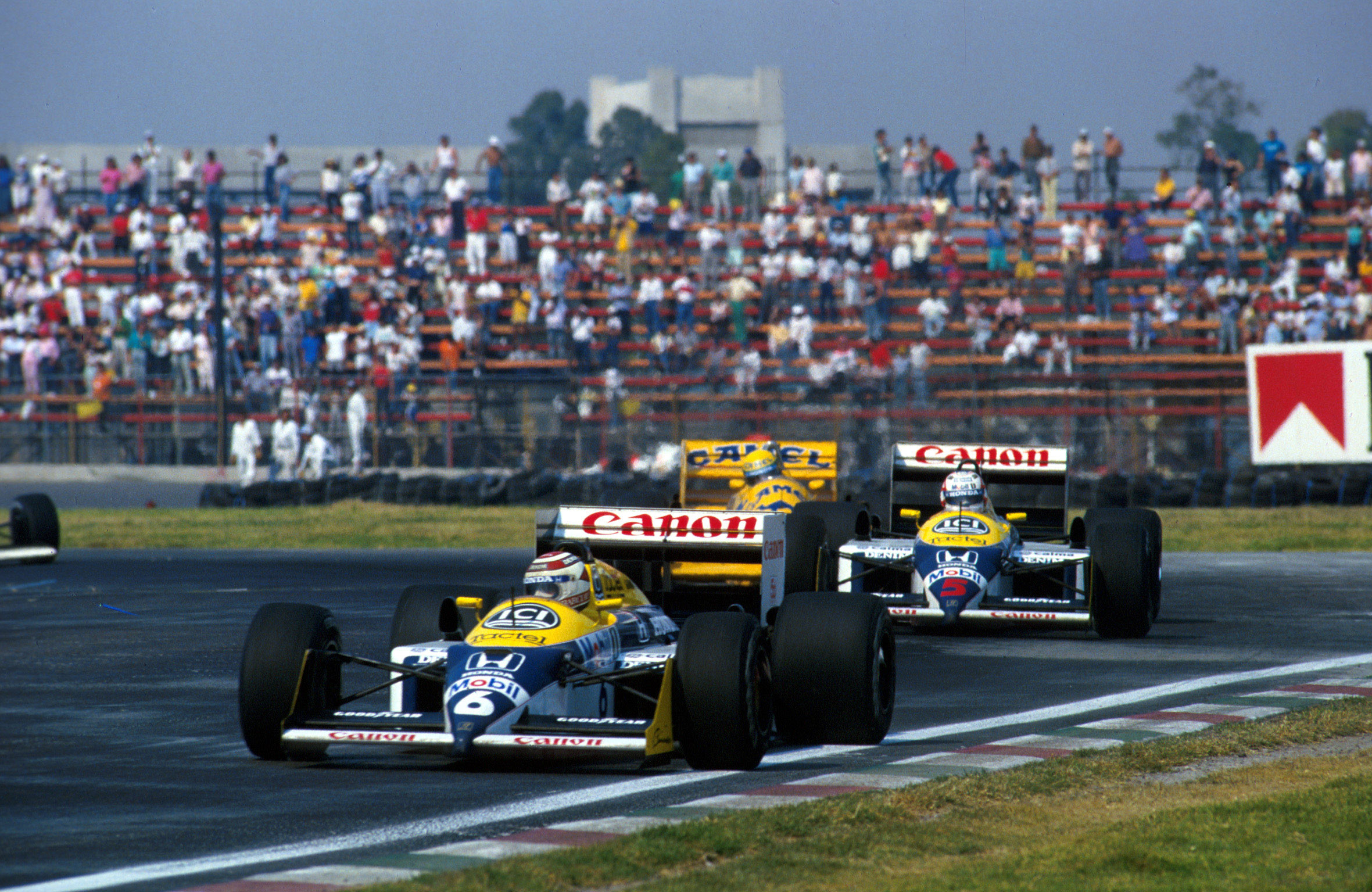
This had elements of the Lauda/Prost 1984 story in that they were team-mates in a car generally much faster than the rest of the field. But rather than the tensioned but respectful dynamic they had, here there was outright hostility – and the tough environment at Williams at the time did nothing to put out the fires.
Mansell, having just won his first two grands prix at the end of 1985, was poised to take his career to the next level as Williams delivered the wonderful FW11, a beautifully balanced combination of raw Honda turbo horsepower and huge downforce.
But Frank Williams had signed double champion Piquet for 1986, rather pulling the rug from beneath Mansell. Piquet believed Frank had signed him as number one (shades of Ron Dennis/Fernando Alonso in 2007), then Frank had his devastating car accident pre-season and the team was being run by Patrick Head who had no knowledge of, nor time for, whatever had been agreed between Frank and Nelson.
Mansell, feeling he was under-appreciated, drove to prove all the disbelievers wrong – and did so with a new-found fury and boldness in battle that was electrifying to behold. Piquet tried to find his own solutions behind the scenes, not to be shared with Mansell, and to apply psychological warfare to his team-mate.
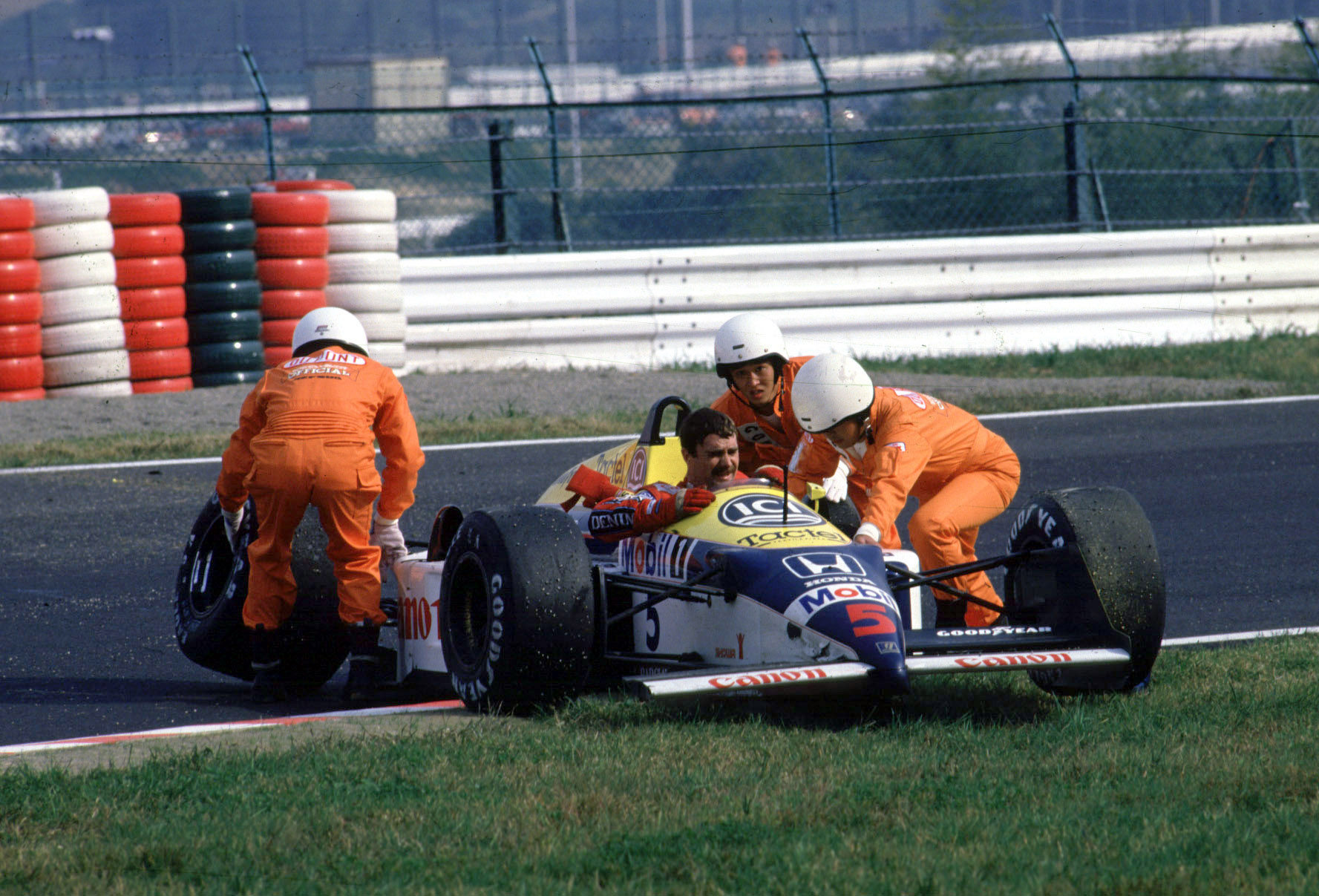
Their infighting allowed Prost to steal the 1986 title under the radar (also shades of 2007 Kimi Raikkonen). A big accident at Imola in 1987 dulled Piquet’s speed but not his cunning and he triumphed after Mansell injured himself out of the season in Suzuka while attacking Piquet’s time.
Alain Prost/Ayrton Senna – 1988/89/90
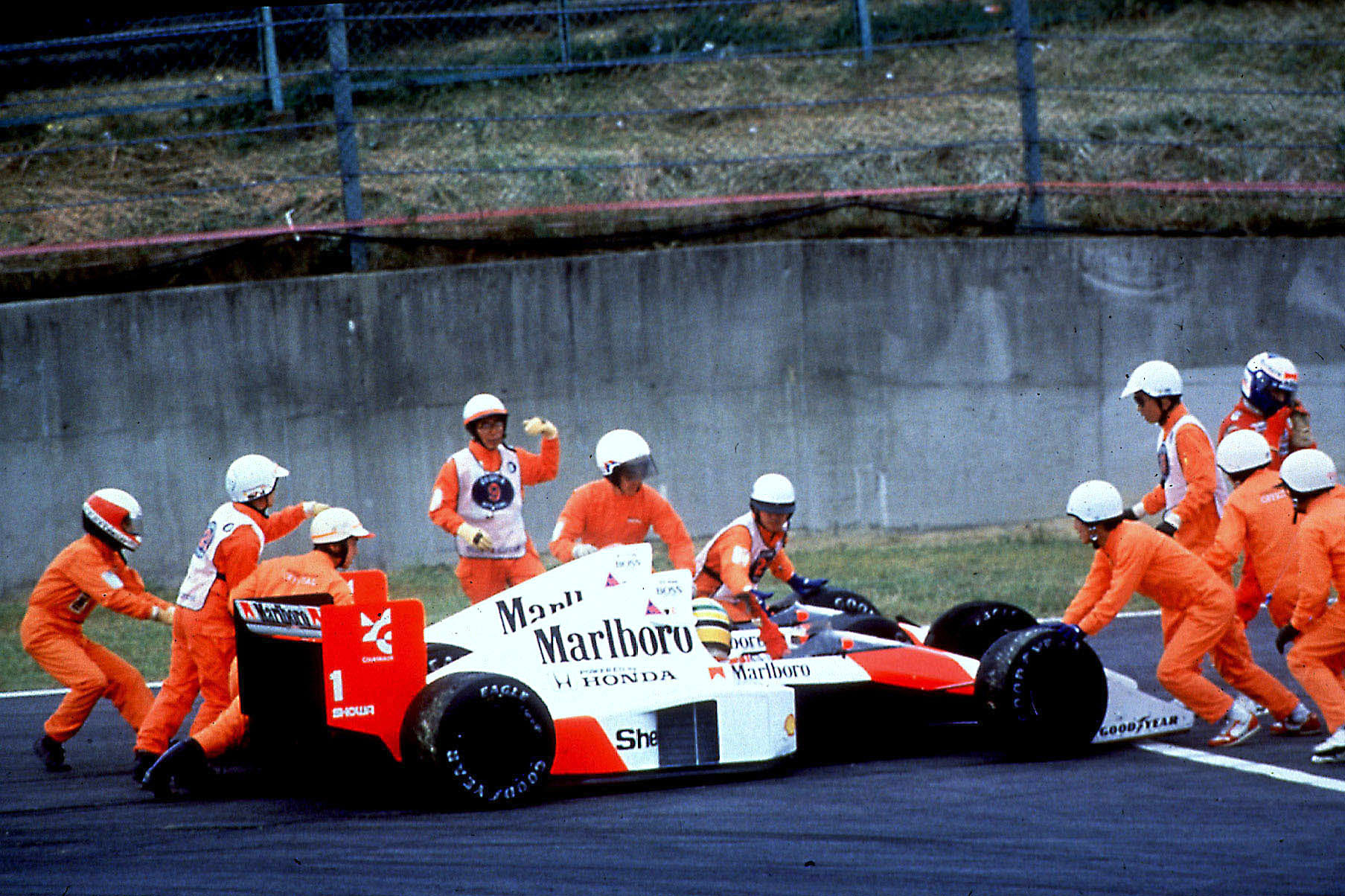
For three years they threw themselves into a total war, for two years together at McLaren and in 1990 with Prost transferring to Ferrari, unable any longer to countenance Senna as a team-mate.
Prost was as cunning as Piquet, Senna was surreally gifted and with an intensity in the car which could border on terrifying. He arrived at Prost’s team but brought Honda with him – and that gave them two very distinct power bases. But Senna was continually suspicious of Prost’s cosy relationship with FIA boss Jean Marie Balestre and felt persecuted by officialdom. Prost had the reputation as the world’s number one as Senna joined the team, determined not just to beat him but to destroy him. It could hardly have been a more explosive mix.
The flashpoints were many – notably Estoril 1988 and Imola 1989 – and the disagreements very public. Their styles in the car were diametrically opposed, Prost’s subtle manipulation versus Senna’s dazzling high-wire commitment. But with a car so much faster than the others in 1988 and 1989 their different approaches gave much the same points haul.
Senna, champion of 1988, had the speed and the psychological upper hand and at the end of 1989 Prost left the fray for Ferrari, taking his controversially-won number one with him. Senna took his furious revenge one year later at the same Suzuka venue as their 1989 altercation.
Damon Hill/Michael Schumacher – 1994/95
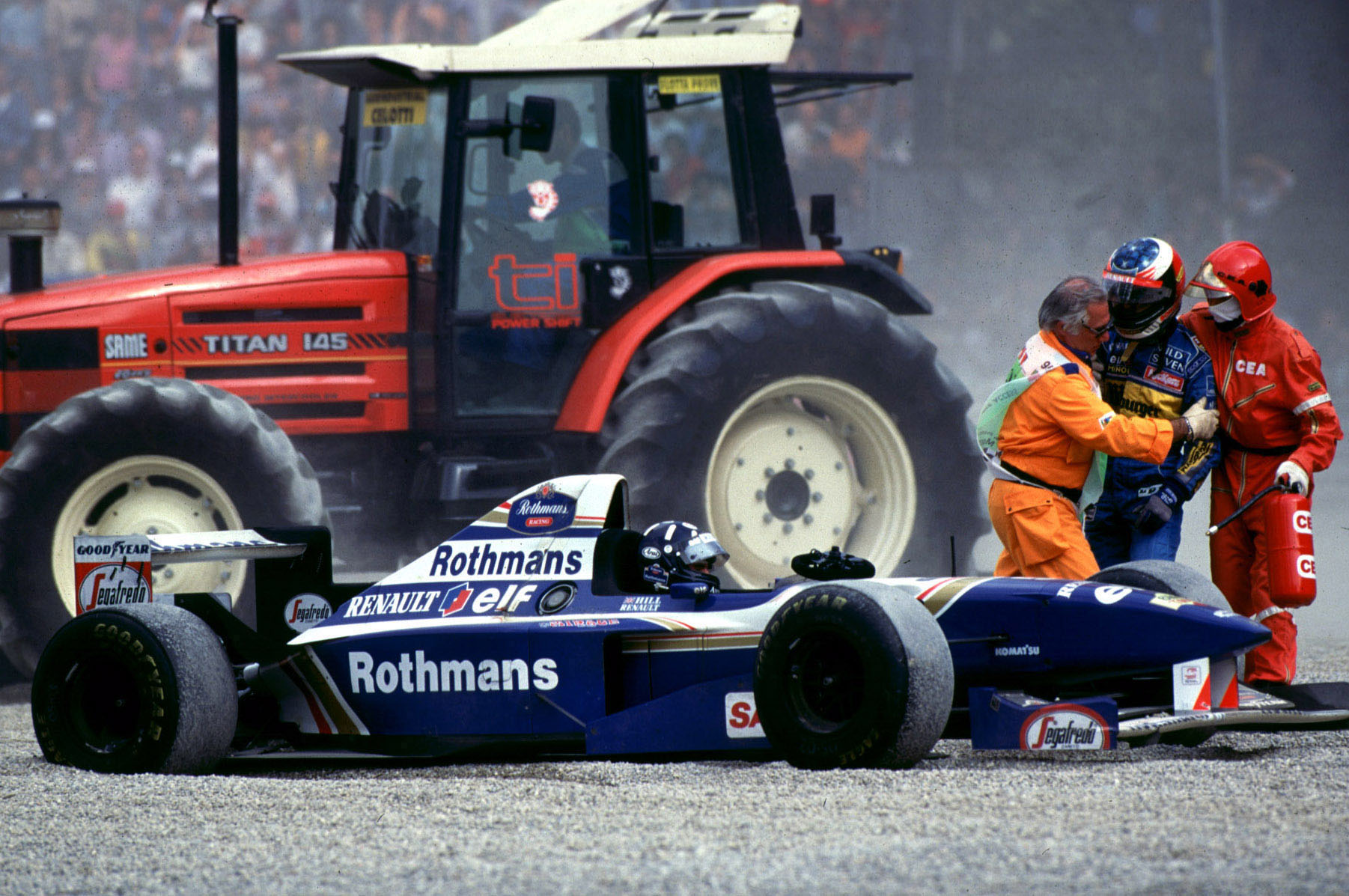
Fate threw together the inexperienced but deeply determined Hill, with his own demons to fight, finding himself in F1’s fastest car, and the rare talent of Schumacher in a car good enough that he could make up the difference.
Their battle of 1994 was inescapably twisted within the cable of the whole tragedy of Imola and the death of Senna. There was paranoia and distrust everywhere and that was very much part of the four-way dynamic between Schumacher’s Flavio Briatore-controlled Benetton team, the FIA, Bernie Ecclestone and the previously all-conquering Williams where Hill found team leadership thrust upon him after the devastation of Imola.
Hill, ostensibly a normal, well-balanced man, had deep reserves of determination and pools of conflict from an unresolved relationship with his late father, a gigantic personality and racing legend, killed when Damon was just 16.
Schumacher was a wunderkind, the natural heir to Senna. Deeply distrustful of the outside world, introverted but knowing exactly how good he was, he wasn’t well understood outside of his team (who adored him). But he seemingly held little respect for Hill.
So those two sets of circumstances, backgrounds and personalities played out to often thrilling and controversial effect, with Schumacher the ultimate victor both seasons, albeit not without the blatant professional foul of the 1994 title decider in Adelaide.
Michael Schumacher/Mika Hakkinen – 1998/99/2000
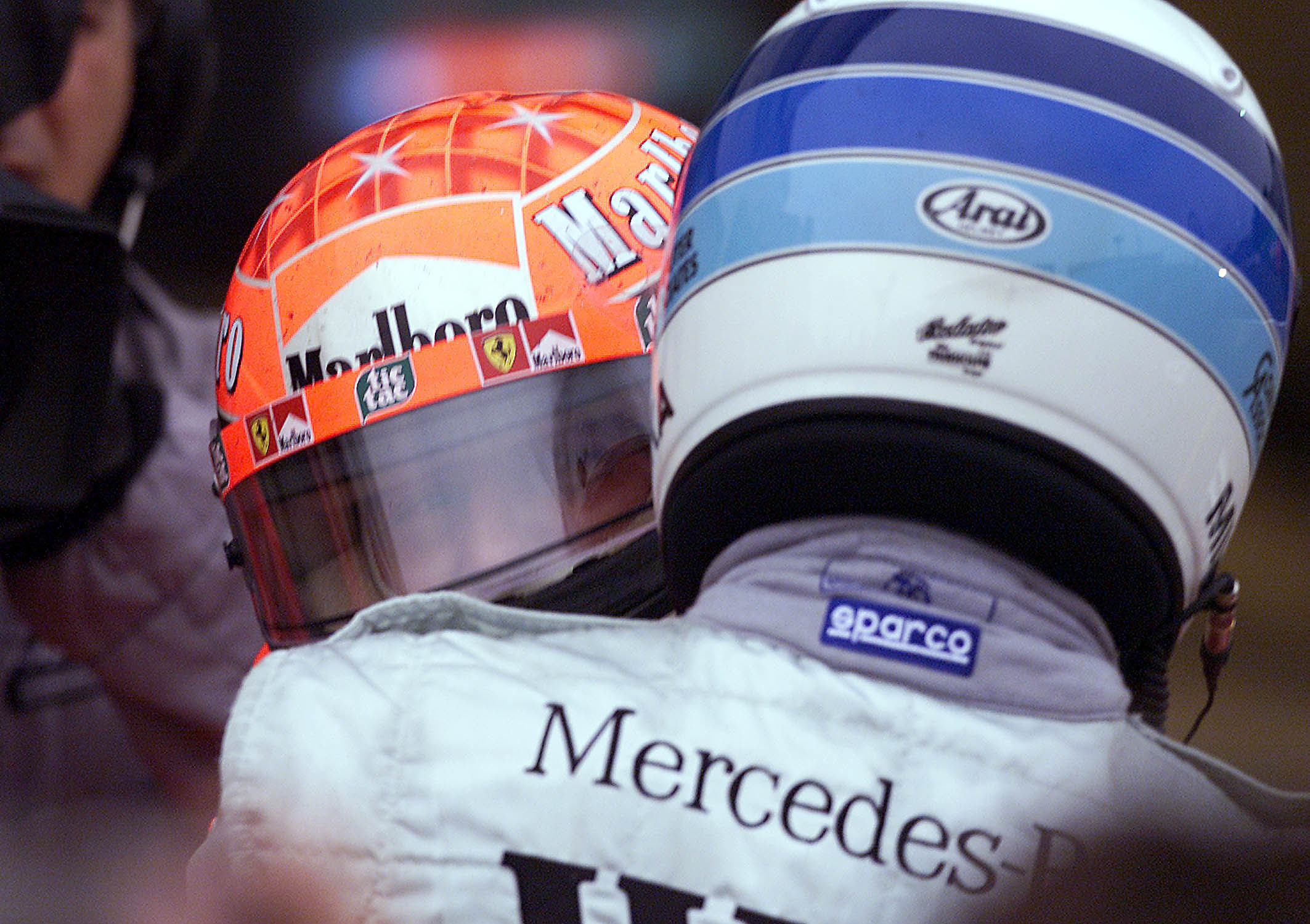
They’d been the two mega talents coming through the junior ranks in different countries in the late 1980s, brought together in a Macau F3 race where Schumacher resorted to a brake test to prevent Hakkinen prevailing.
Schumacher’s early F1 career was straight into overdrive but Hakkinen’s took in several years of iffy machinery before he could take up where he left off in Macau in his rivalry with Schumacher. Hakkinen was the one contemporary Schumacher truly feared.
The raw speed with which Hakkinen outqualified Senna at his first attempt in the same car was at the core of his strength. He truly believed he could drive a car faster than anyone – including Senna and Schumacher. Schumacher sometimes privately suspected he might be right.
“He once told me,” recalled his one-time Mercedes engineer Jock Clear, “that he wasn’t sure if he could drive a car as fast as Hakkinen and so he had to do everything else at his disposal to make sure he beat him.”
After years of inferior machinery (and a near-death accident), Hakkinen got his hands on the fastest car of 1998, the McLaren MP4/13. Schumacher’s Ferrari was good, but not that good. It was, however, good enough to make Hakkinen work for it.
The 1999 Ferrari was significantly better and the title may have gone Schumacher’s way, but for his leg-breaking Silverstone accident.
In 2000 he became a Ferrari world champion for the first time after an epic season-long contest with Hakkinen was decided in appropriate fashion with a flat-out duel between them at Suzuka.
Fernando Alonso/Kimi Raikkonen – 2005
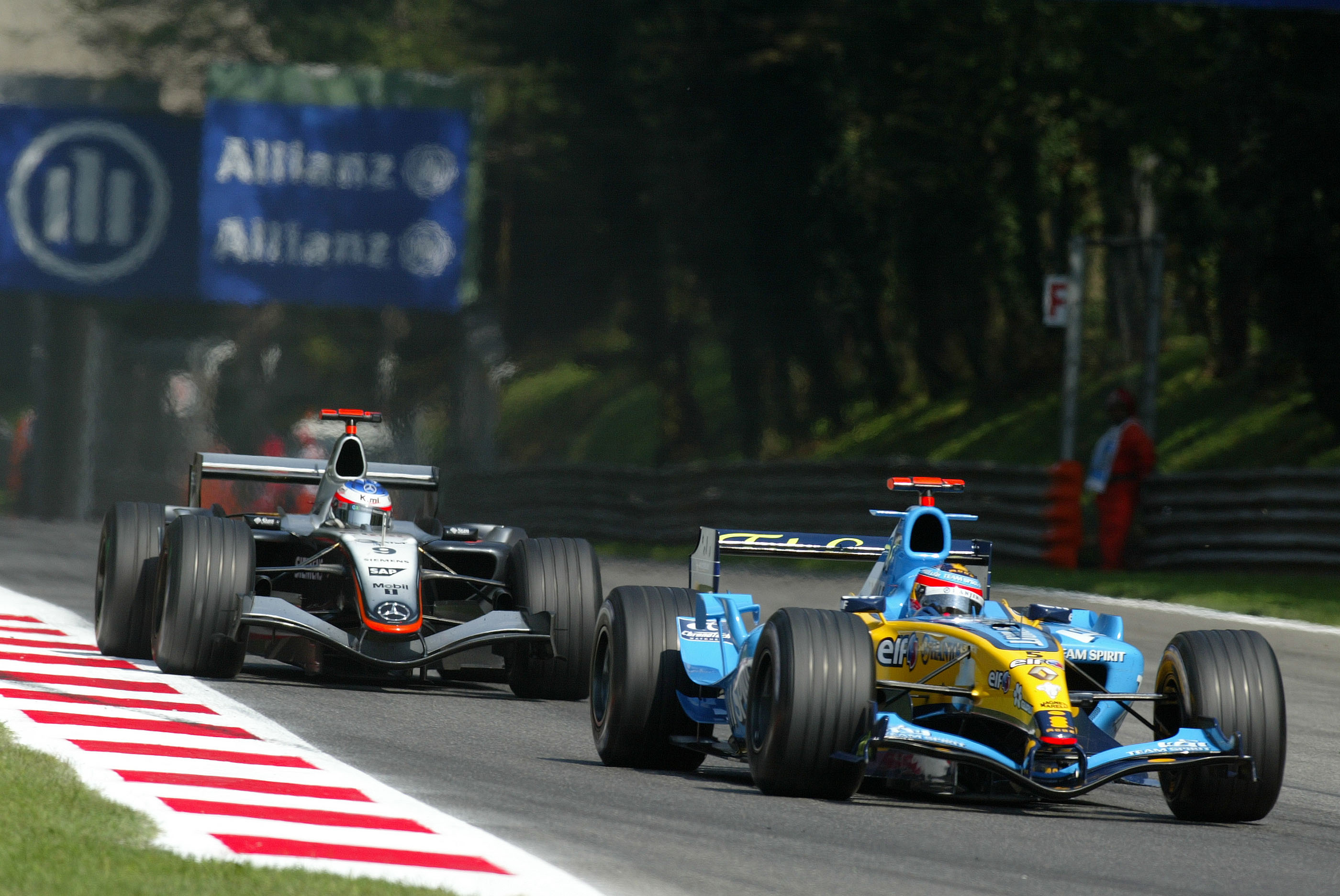
Kimi Raikkonen was arguably the fastest driver in F1 by 2005, the season in which McLaren finally gave him the fastest car. But it was a fragile thing – and that was a deep flaw when the competition was the almost-as-fast, very reliable Renault driven by the fierce and relentless Fernando Alonso and operated by the savvy Enstone team.
Their duel was not really a personal one; Kimi was detached, notoriously unemotional, Fernando a solitary warrior. Kimi and the McLaren would light up the track in between breakages. Alonso and Renault would invariably be always there.
Fernando Alonso/Michael Schumacher – 2006
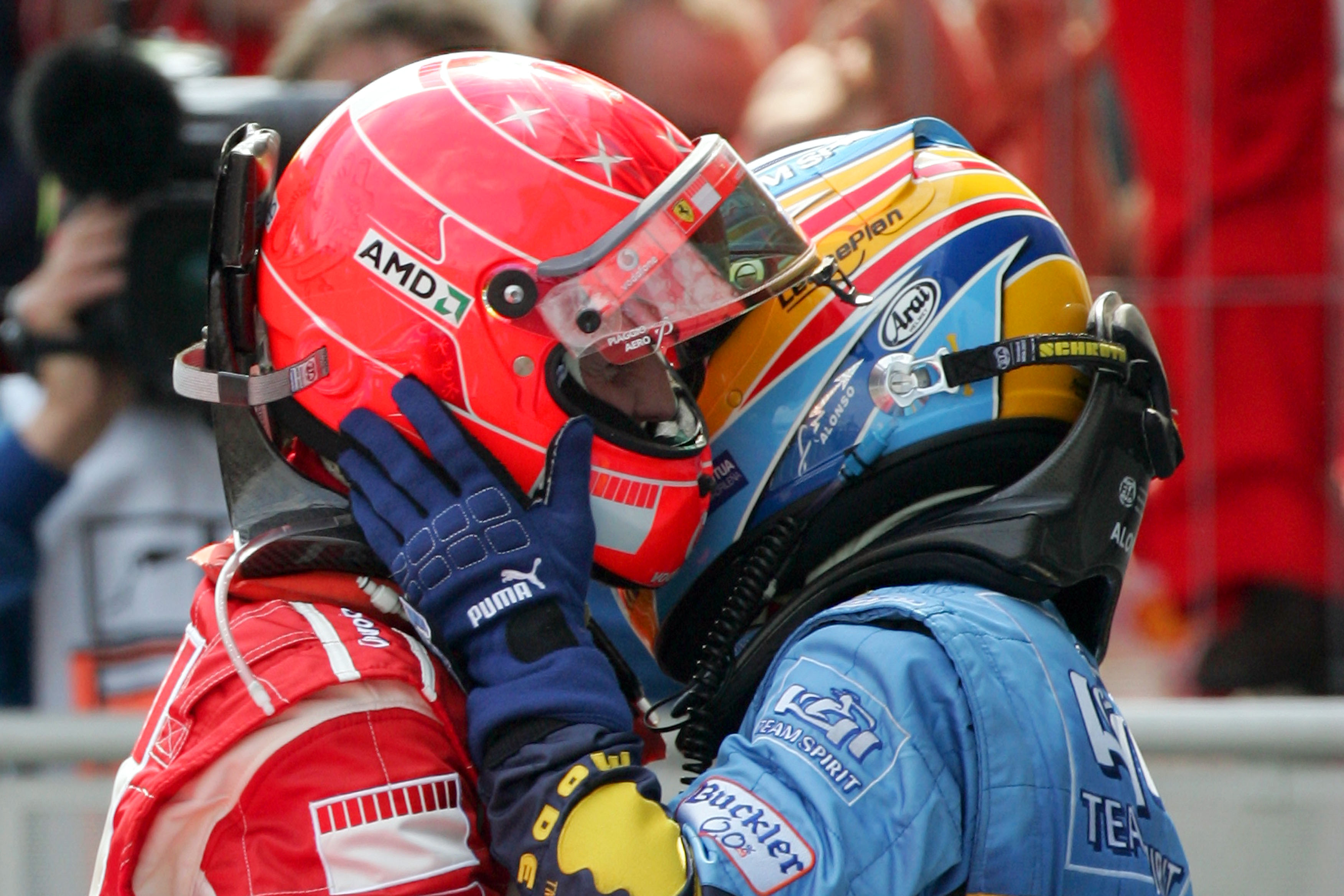
As Alonso had overtaken Schumacher around the outside of Suzuka’s 130R with an apex speed of 208mph, it looked like the baton being passed. But that was an unfair contest, as the 2005 Ferrari was not a great one.
For 2006 Ferrari and Bridgestone between them had retaliated very effectively with a highly effective car for the new V8 formula and a Michelin-inspired new range of tyres. Schumacher, thinking this might be his final season, desperately wanted to go out on a high after that lacklustre, tyre-limited 2005. Alonso and Renault, as reigning champions and with a car conceived around the Michelin, were flying.
There was always a niggle between Schumacher and Alonso. Going right back to when Alonso, as a near-rookie, subtly brake-tested Schumacher at the Nurburgring and Schumacher responded at Silverstone by putting Alonso on the grass at the 200mph approach to Stowe. This was big boys’ stuff and Alonso was always happy to prove a point against the legend.
It see-sawed between them, with Alonso and Renault taking the upper hand in the first half-season, Schumacher and Ferrari in the latter. It was essentially decided by a Ferrari engine blow-up in the penultimate race.
Fernando Alonso/Lewis Hamilton – 2007
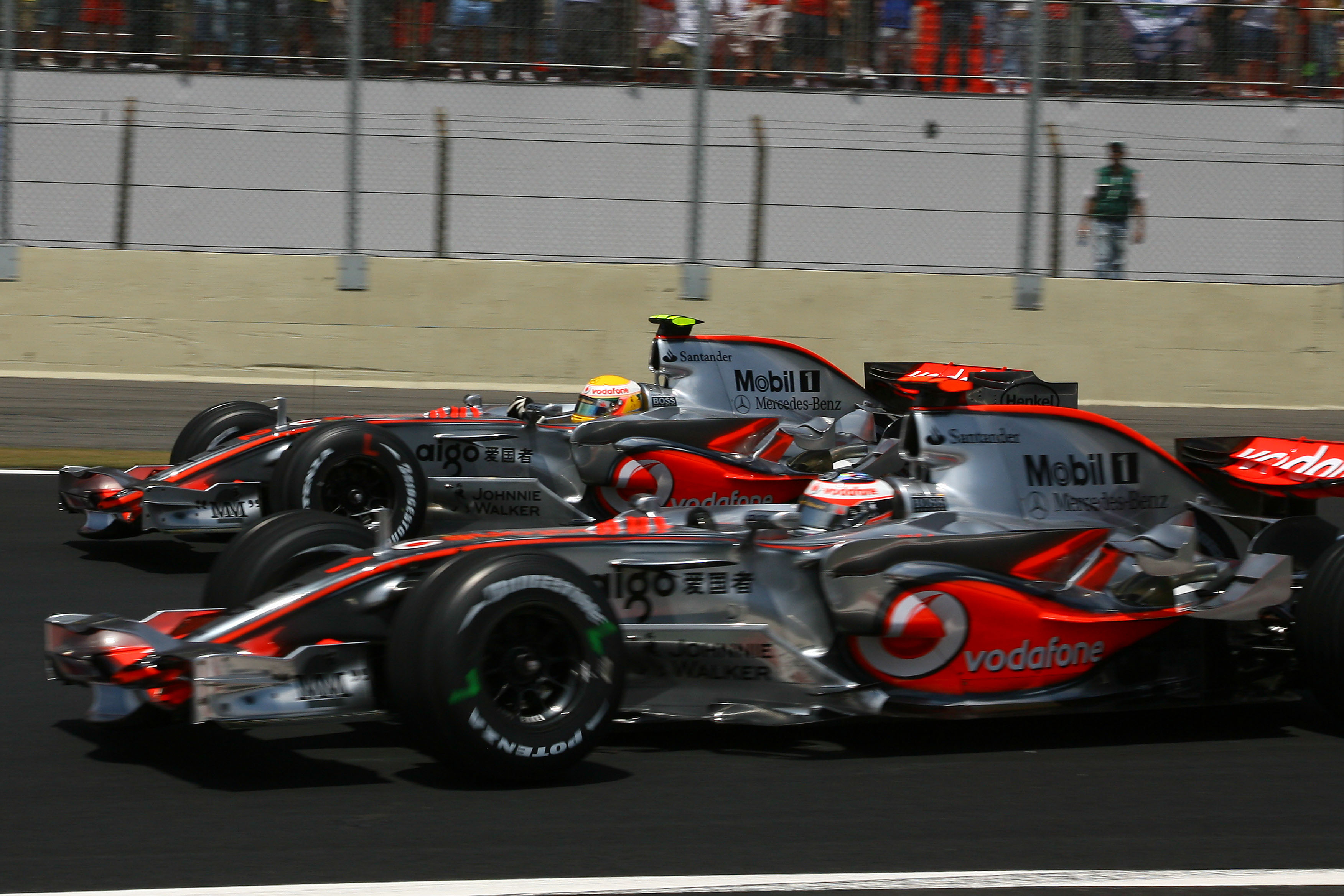
With Schumacher’s retirement at the end of 2006, it seemed to leave the way clear for Alonso to become F1’s dominant force, especially now that he had transferred to the well-funded McLaren team and its works Mercedes engines.
He’d joined, he’d believed, as number one, as sold to him by Ron Dennis. But Dennis had made that promise two years before when he had no way of knowing just how quickly his protege Lewis Hamilton – then still an F3 driver – would develop.
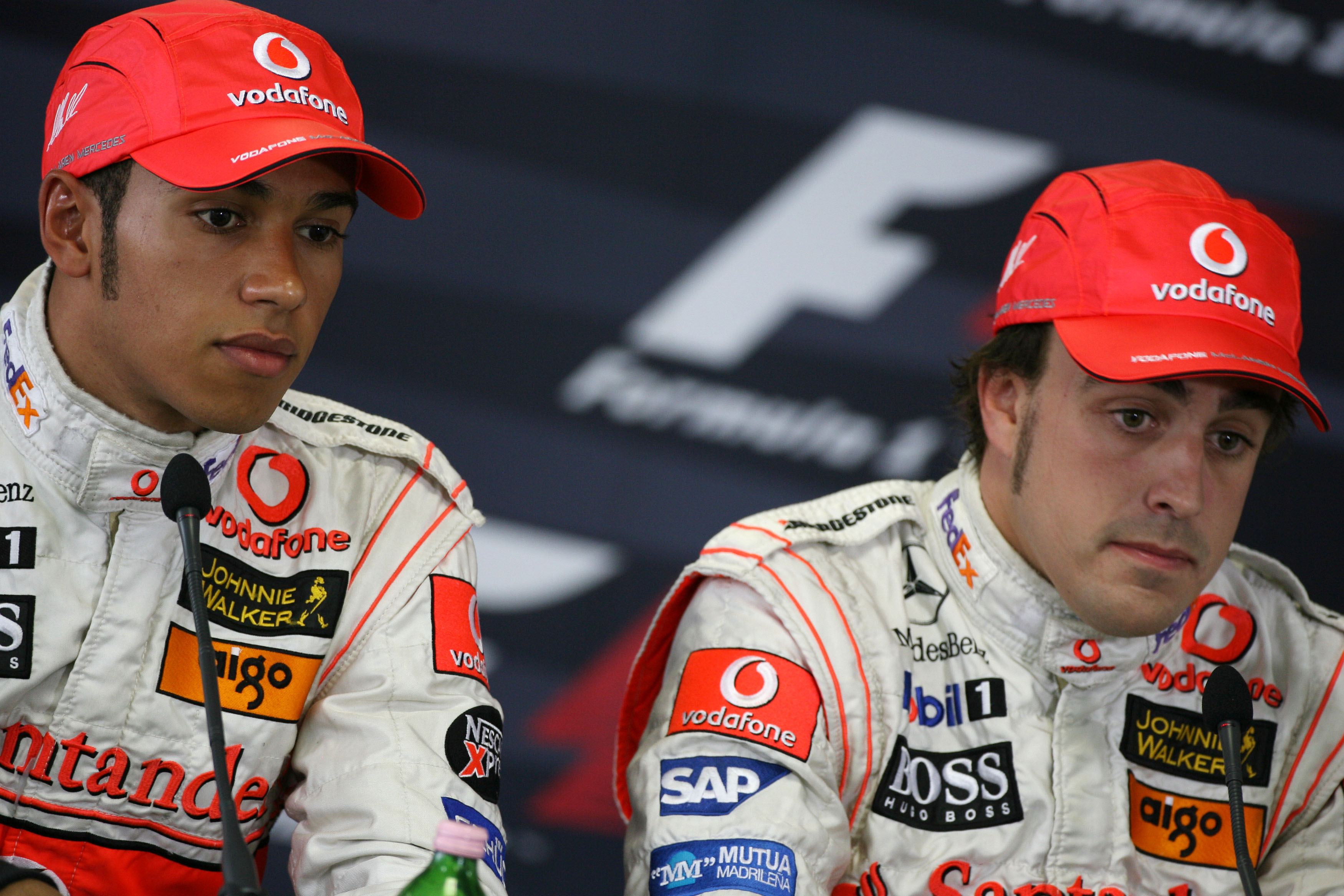
Alonso’s recruitment allowed Dennis to risk promoting Hamilton – the GP2 champion – to F1. A rookie in a McLaren was unheard of. Alonso’s paranoia antenna were aroused. When Hamilton then began to match Alonso’s speed, the situation escalated out of Dennis’s control. Which, along with events at Ferrari, and FIA president Max Mosley’s long-time dislike of Dennis, made the whole thing go Shakespearean. Hamilton and Alonso were almost incidentally caught up in the middle of all this, but their fierce rivalry was the spark which lit it.
The difficulties within the team were largely between Dennis and Alonso, rather than the drivers, who were just doing what drivers do, albeit at times quite ruthlessly. That’s not where the poison lay, though. But that poison did derail the team sufficiently that Ferrari’s Raikkonen came, Prost 1986-like, to steal the title from the main contenders.
Lewis Hamilton/Max Verstappen – 2021
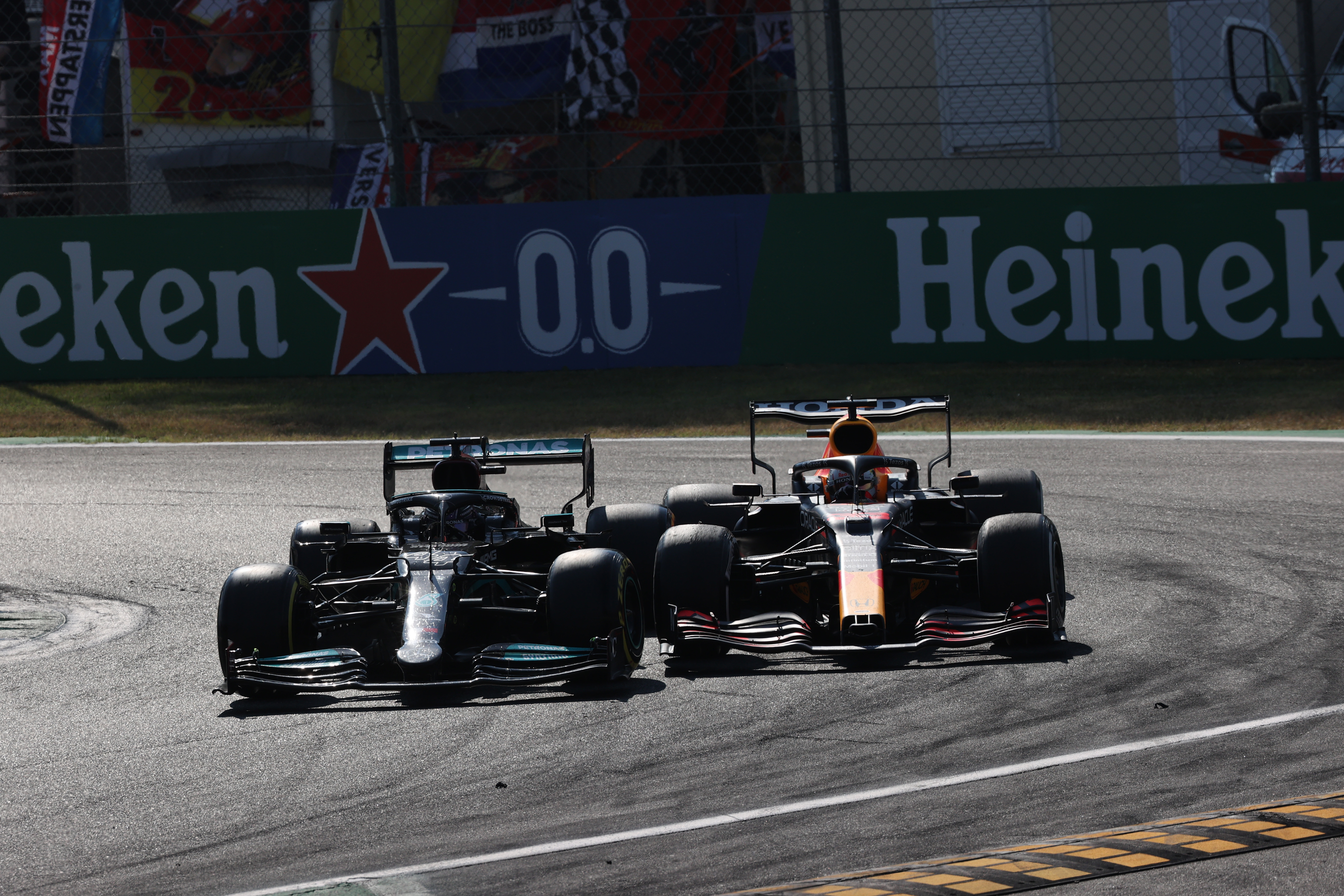
This battle had been coming for years, ever since Verstappen created a sensation as a 17-year-old rookie in 2015. But it had taken this long for him to get that title-calibre car from Red Bull as Hamilton used his Mercedes to obliterate the record books.
It was the new generation versus the old but with the old king of the pride still at the peak of his powers. Verstappen raced with a binary, uncompromising toughness, only intensified by the need to put a marker down now that he had equal machinery. Hamilton wasn’t sure quite how to deal with that at times but eventually came to the conclusion he needed to step up the aggression rather than fall into the role of the bullied.
It made for some scary moments of on-track conflict and a certain degree of animosity between their teams. But the mutual respect remained. There was no personal poison there in a situation where that could have been very bad news.
Will Verstappen/Leclerc go down as another in this series? If so, how will their personalities and traits come out? Two super-gifted, psychologically tough young drivers in opposing teams with closely-matched cars. It’s the stuff of so many legends.






